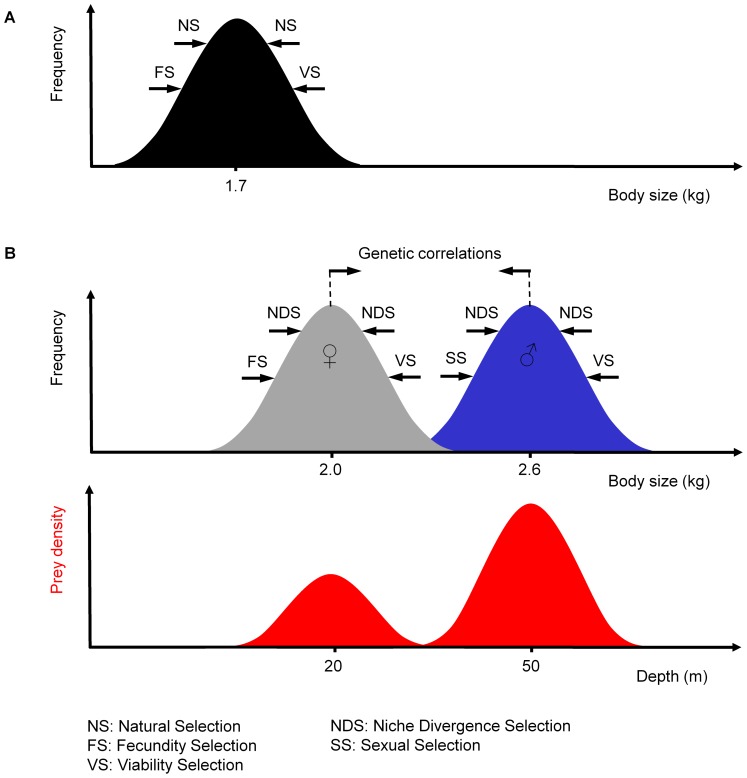Figure 8. Selective forces influencing the evolution of body size in Blue-eyed Shags.
(A) Theoretical situation with uniform prey density distribution with depth and absence of sexual selection. Under the influence of natural selection, body size is monomorphic and stabilizes around 1.7 kg (value derived from regressions in Figure 6B and 6D). Birds have the optimal size for carrying out dives with the highest efficiency (shallow dives 5–10 m deep: ‘optimal breathing’). A bigger body is also maximally efficient at such depths, but is counter-selected by viability selection. (B) Present situation with a heterogeneous prey density distribution with depth and sexual selection. Under the influence of sexual niche divergence selection, the body size of one or of both sexes stabilizes around a value that is optimal for exploiting a specific prey patch (actual examples of body size and depth measured for birds from the Pointe Suzanne colony at Kerguelen). Fecundity selection is indicated in both situations. However, because of the phylogenetic constraints for brood size and the high cost of rearing progeny in altricial birds, we considered fecundity selection to have a relatively limited influence on the present evolution of body size and SSD in Blue-eyed Shags. Drawn using concepts found in [84].

